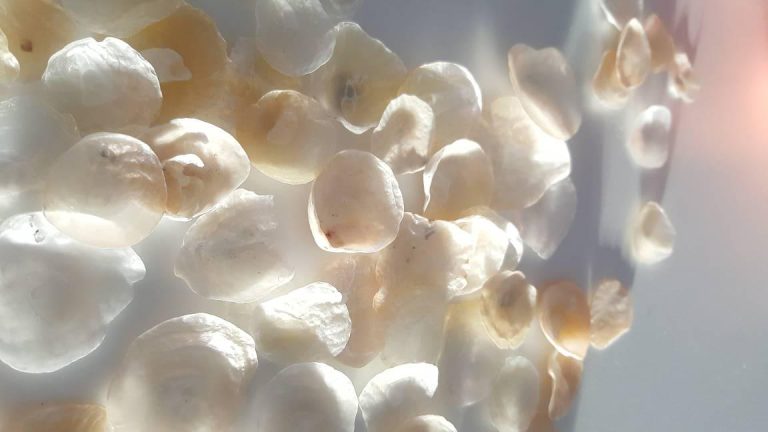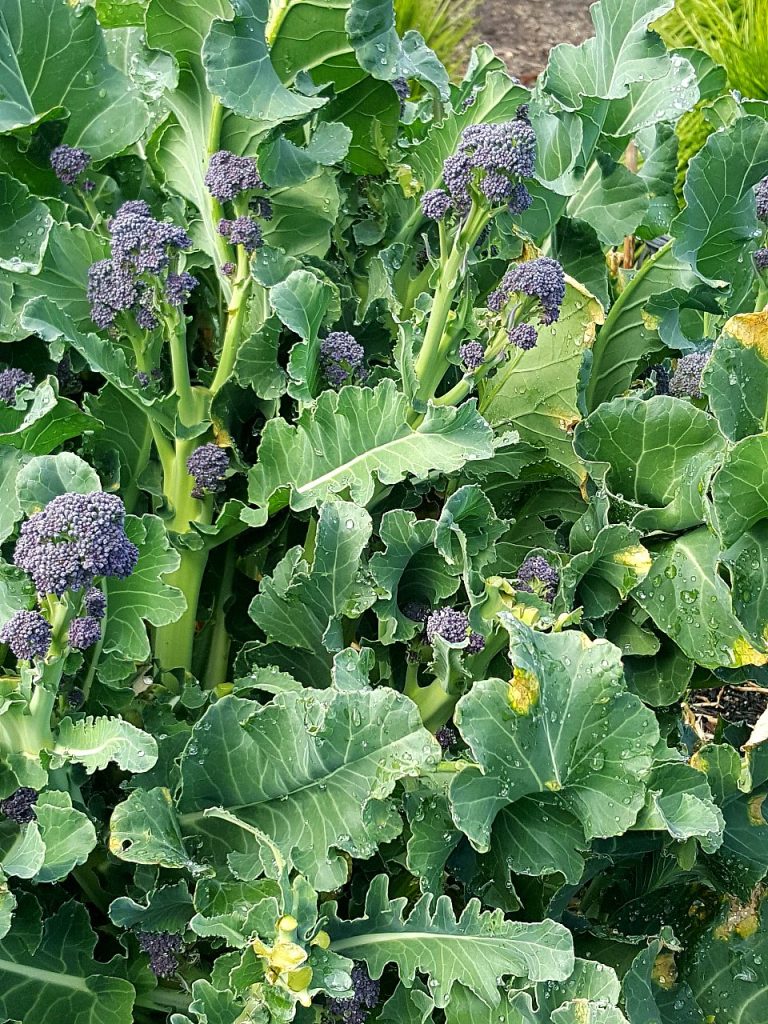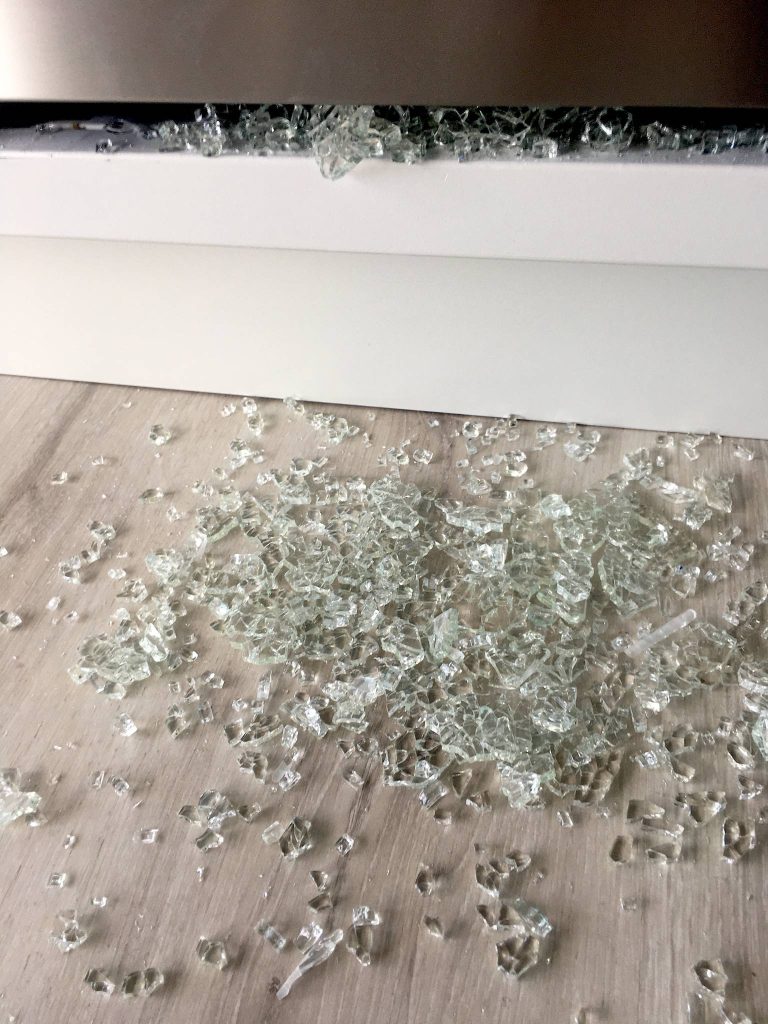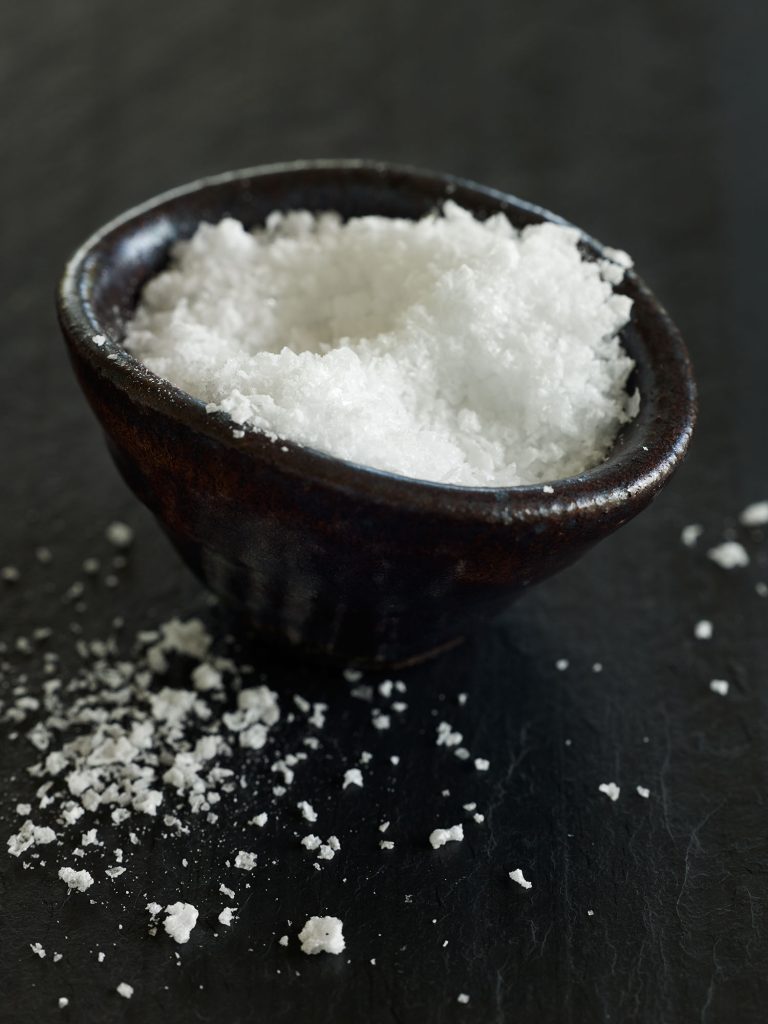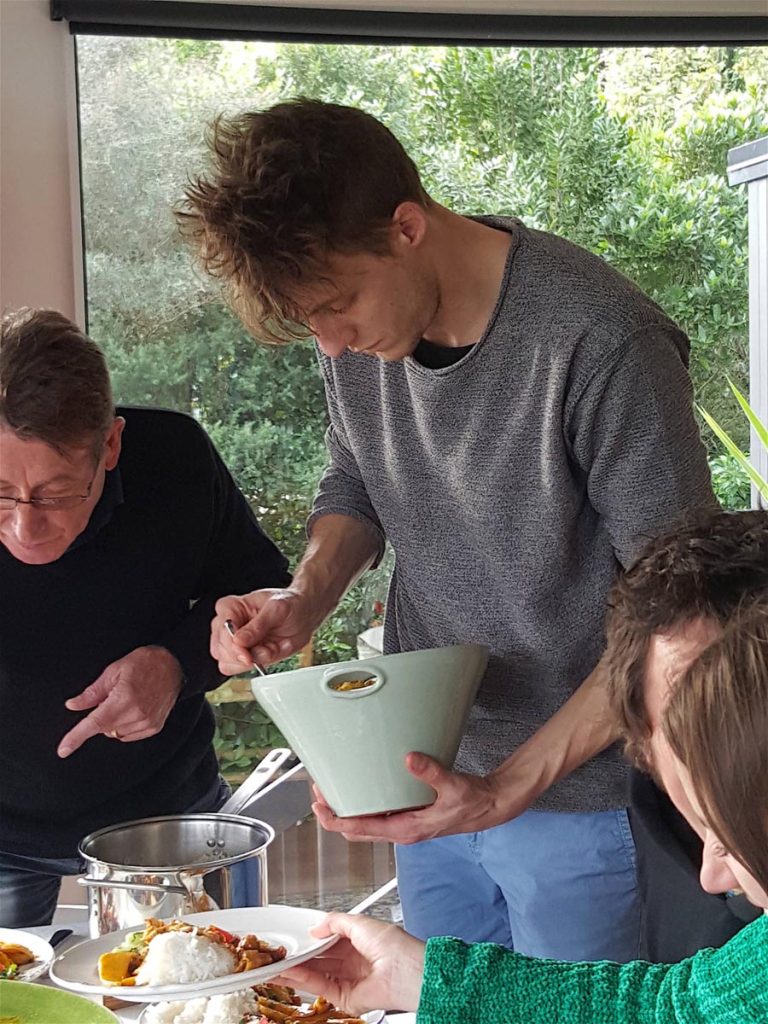Me & Cassis
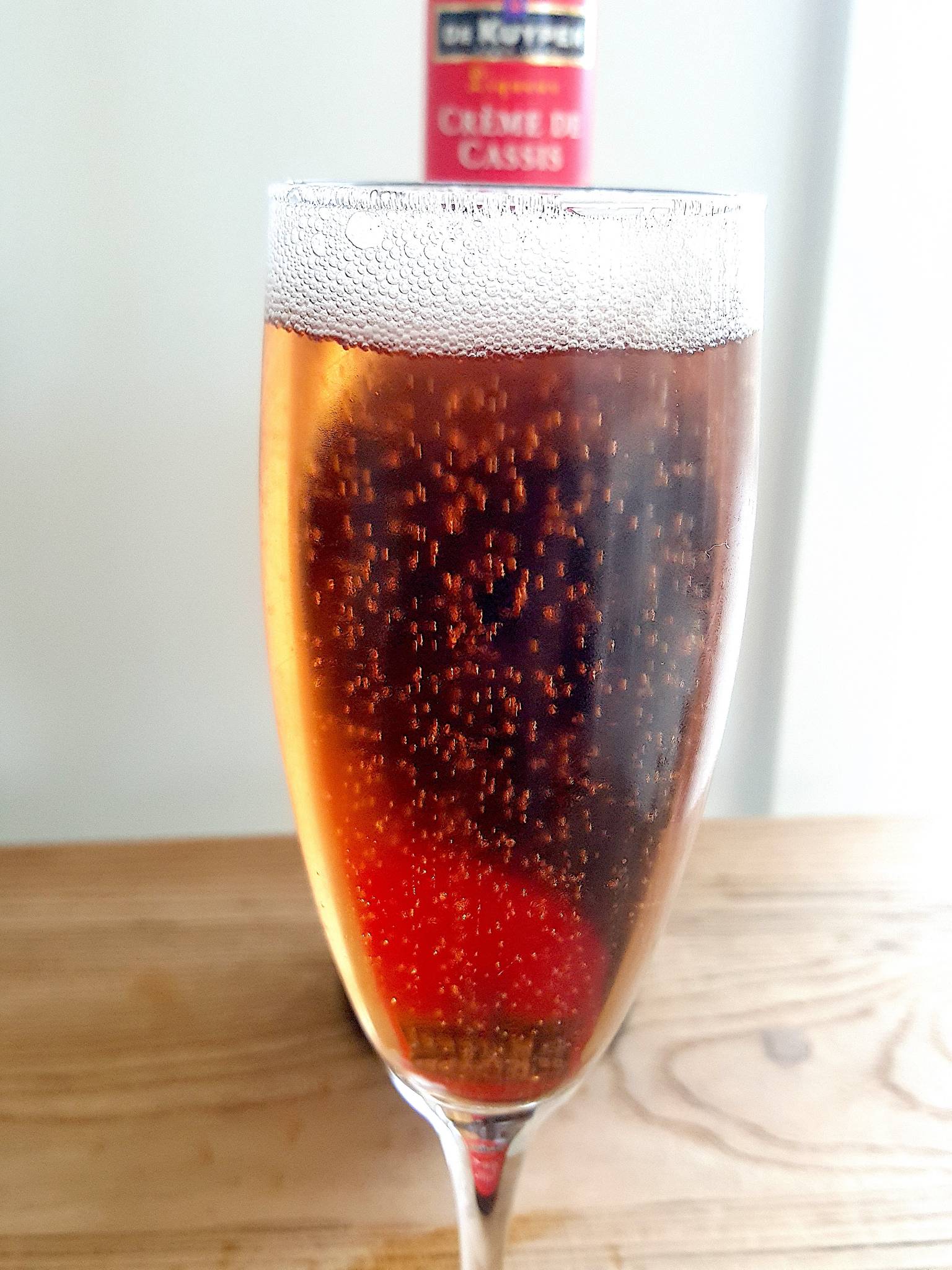
Dolores’ Linzertorte calls for Cassis, a liqueur made with blackcurrants macerated in neutral alcohol, made famous in Burgundy. To make Kir Royale, add a splash to a glass and top up with Champagne. (It works just as well with Cava, Prosecco or cheaper bubblies.) White wine with a splash of Cassis is simply known as Kir.
I got out the step ladder and rattled around the rarely visited booze cabinet hoping to find some. As luck would have it, I had an unopened bottle in the back. Everything that is in this cupboard is for cooking, I mused. Some bottles must be 30 years old, I also thought, and they’re not all port and whisky. Oh well, close the door and move on.
I had tasted the jam I was using in the torte. It wasn’t my first choice, but it was the best I could get. It was plummy and sweetish with a fleeting tang, just sufficient to stop it being cloying. I opened the Cassis, sniffed and thought, that’s nice, poured some out, then talk about letting the Genie out of the bottle … within a few minutes the smell in the kitchen was captivating. I tasted some. It was deeply fruity, tart, a tad tannic and way too concentrated to drink on its own. I sloshed some into the jam and BAM! The jam took on another life. At first it was as if I had stirred a lump of just melted butter into the jam, making it rounded and almost creamy – the mouth-feel had changed (that’s alcohol for you). It was immediately tangier, deeply fruity, perfectly balanced and ended with a lingering berry fruit finish, a little bit sharp and not overly sweet. It was a locally made plum jam that now tasted like an expensive imported French fruit preserve. Fancy that! (I did, fancy it, actually.)
I’m sure that a splash of it is likely to deepen the flavour of any berry or red fruit dish. It will lift the flavour of any mediocre red fruit jam to another level, perhaps correcting faults as it does so. It may also change the flavour of peaches, nectarines, pears and other fruit. I’m yet to experiment. I’ve started longing for summer and a big bowl of sangria. Imagine what a slosh of Cassis could do to a fruity red wine sangria!
I decided to try a splash of Cassis in a glass topped up with sparkling mineral water and take a photograph. It looked pretty. It smelled like summer! It tasted like summer! It was gorgeous. Sort of. (Who am I kidding? It’s definitely better with Champagne.) And, I thought, not bad to add to my non-alcoholic repertoire of drinks to enjoy in alcohol-free periods (I am tracking along just fine, second week in). I ploughed through the first glass – I’d made three for the photograph – and I’d just reached for the second one (after a short but rather loud and unexpected gaseous comment to myself), then I realised, Holy Cow! Of course, it’s a liqueur. I checked the bottle. 15% alcohol. Oops.
Then I went online and looked at other drinks that could be made with it, and I saw that generally, the Cassis in the photographs looked pinker than mine. Oh-oh. My Cassis was brown-tinged. As you most likely know, red wines are inclined to lose their bright colours and turn brown as they age. I read that Cassis, as it has such a high Vitamin C content, doesn’t last as long as some other liqueurs. And, once opened, it should be stored in the fridge and used within 4 months (or decant into smaller bottles and make them airtight). I checked my bottle and saw it had been purchased from a bottle store that hadn’t been in existence for a hundred years (well, at least 20), so my conclusion was that it was on its last legs. Dang! I’d have to make jam with frozen fruit. Or do something else with it.


